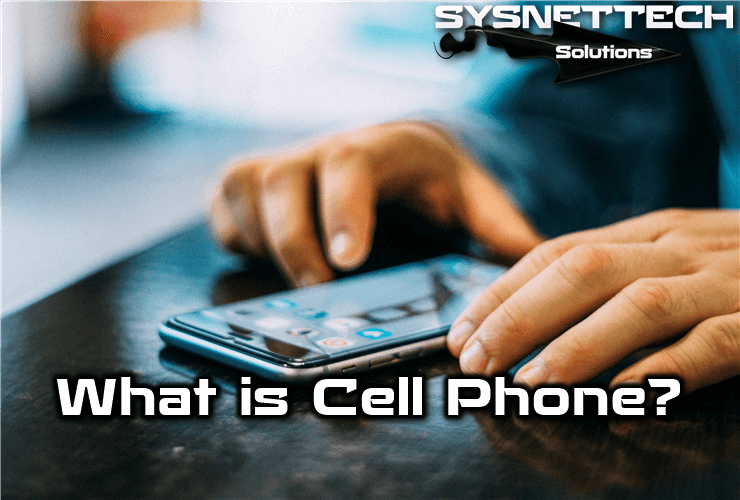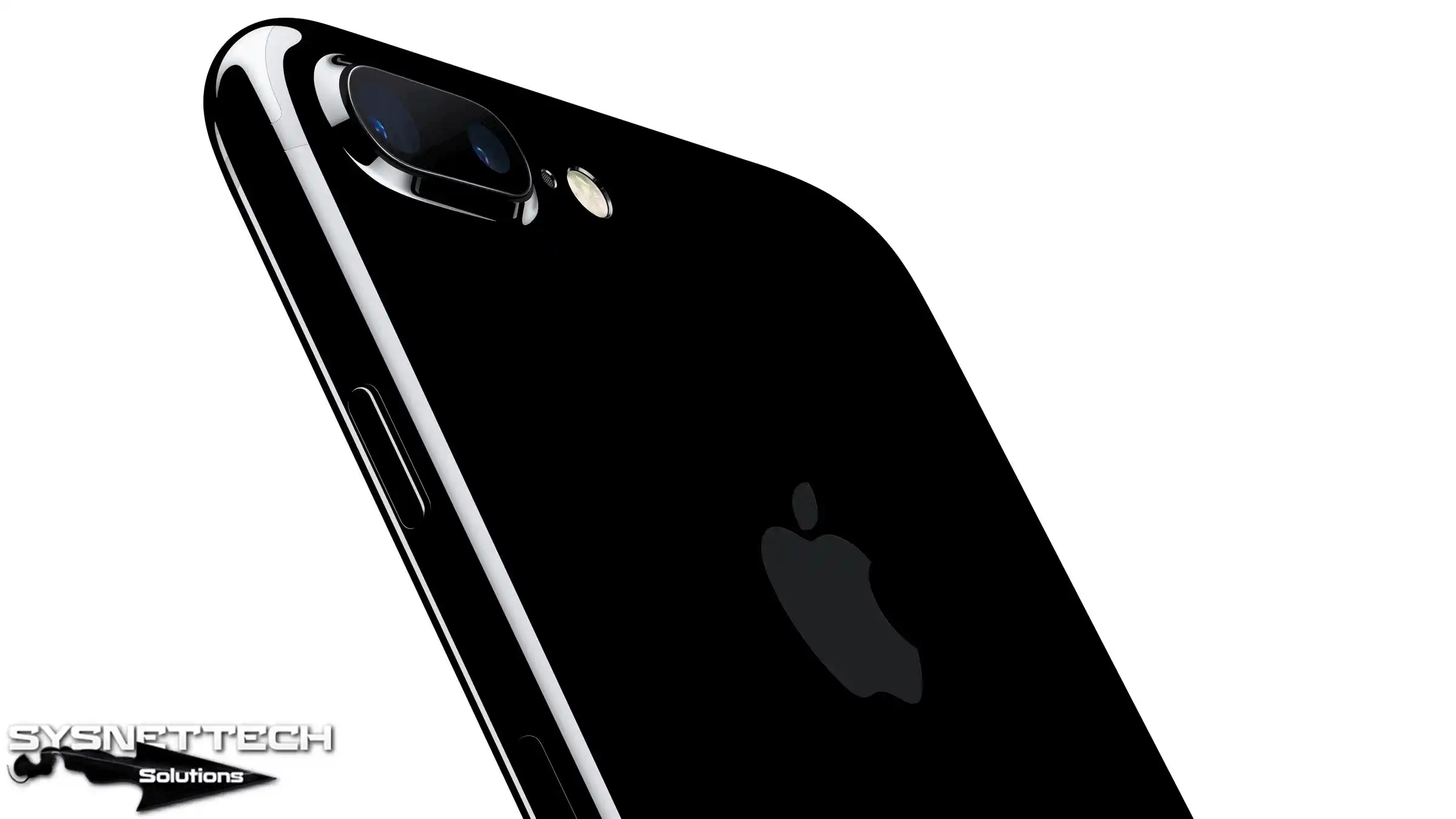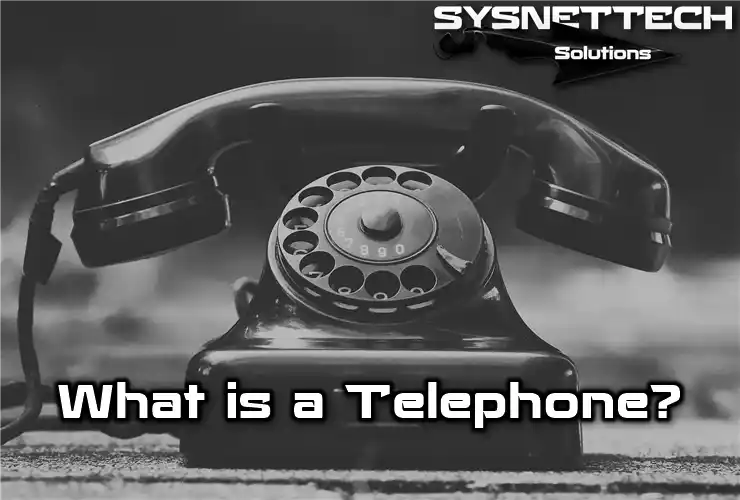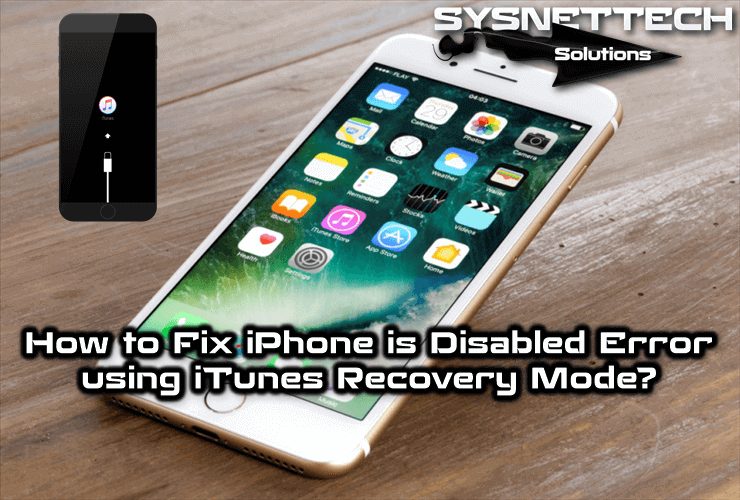A cell phone is an electronic wireless device that provides access to the cellular phone network. Although there are satellite mobile networks, they are called cellular because of repeater antennas that make up the network, each of which is a cell.

What is a Mobile Phone?
The main feature of cell phones is their portability, which allows you to communicate from anywhere.
While its main function was voice communication like a traditional phone (Ph), it also included other functions such as camera, calendar, internet access, video playback, and even GPS and mp3 player, thanks to its rapid development.
History
In 1939, only 35% of Americans had home phones. In the same year, wireless portable phones were expected at the Futurama exhibition at the World’s Fair, but three years later, mobile phones were used by the American soldiers on the battlefield.
Motorola company, specializing in the production of two-way radios, offered its mobile transmitter, allowing the units of the Second World War to be connected. This transmitter device was heavy and very large in size but could only be carried anywhere.
When the war ended, the AT&T communication monopoly addressed the concept of the Motorola transmitter, but it had limitations such as being too expensive and the service was very poor, as well as the lack of more than 4 conversations at the same time.
Despite these limitations, people were queuing to get a phone call.
The cellular phone has been known since the mid-20th century, but until the 1970s, it first proceeded with very high prices and primitive equipment.
In 1947, AT&T designed a new system that created a network with many small transmitters, rather than a powerful transmitter at the height.
In order to achieve this goal, AT&T has requested permission from the Federal Communications Commission (FCC) to improve the Ph system, but its request has been rejected. In 1973, the FCC was about to authorize AT&T over the cellular system.
Motorola saw it know it could enter this market because it knew its personal communication business, and asked its employees to offer a portable phone prototype within six weeks.
On April 3, 1973, Motorola’s Vice President of Research and Development, Marty Cooper, made a phone call to AT&T’s chief engineer and cellular phone organizer, Joel Engel, using the company-developed prototype.
The first prototype of a widely marketed mobile Ph was designed in 1983 by Motorola’s engineer Rudy Krolopp, which was worth $4,000 and weighed 0.74 kg.
Despite the progress of American companies, the U.S. allowed Japan to start its cellular service in 1979 and become the first country to use it.
In March 1981, Motorola’s president began making arrangements at the highest levels in the United States until he presented his prototype to Ronald Reagan, the head of the country, who saw the advantages of the system and pressured the FCC to authorize FCC.
But two months after these arrangements, bureaucracy came to an end and continued with AT&T, Motorola, and its equipment.
Since then, continuing research in this area has led to the inclusion of smaller and longer-lasting batteries, sharper and more colorful screens, friendlier software, and the development of numerous phone formats and functions added to it.
A state-of-the-art mobile Ph doesn’t just make calls. It also allowed to play music and videos, shoot photos and small movies, transmit recorded, as well as surf on the Internet, send and receive emails, text messages, and graphics.
Structure
Depending on the bands or frequencies on which the mobile telephone is operating, it may operate in one part of the world or in another part of the world.
It also consists of a combination of a network of radio transmitting receiving stations and a range of 1st and 5th level key telephone exchanges that enable communication between portable telephone terminals or between portable terminals and the traditional fixed network.
Mobile and SMS Language
Most messages exchanged through this medium are based on writing, not on sound.
Instead of talking with the microphone, more and more users turned to use the keyboard to send text messages.
However, since they have to be entered with cell phone buttons, a language has emerged in which words are abbreviated with letters and numbers.
Send a message is much more troublesome than chatting, but billions of messages are sent and received worldwide.
SMS language is based on a structure that tries to shorten words, replace some of them with simple symbols, or express meaning in an easy way.
This is because the individual SMS is limited to a certain character, depending on the last character count of the messages.
Therefore, users often try to compress the number of characters without disturbing the understanding of the message.
Since the cost of sending a text message is less than talking, some people prefer SMS instead of talking about it.
Network
Cuba has a modern digital telephone network that covers the entire country led by Etecsa. Although the number of both fixed and mobile lines is still quite low, it can communicate with anyone from any tourist destination or city.
To search in the national area, you can use public booths that accept coins or cards in the national currency and are distributed to cities and towns.
You can also make calls from telephone centers, and if the call is national, you will be charged on any national telephone and, of course, from any private telephone anywhere in the world.
You can specify your requests to make these calls by contacting your mobile operator to call abroad. In this way, if this service is effective, you will be priced at national rates when you make a call.
Also, this service must be active to make calls from abroad.
Cellular
There are mobile Ph services with national coverage in GSM and TDMA standards. It operates in GSM technology at frequencies of 850/900 MHZ and at TDMA at 800MHZ. The 850MHZ (GSM) band was developed by Cubacel.
Differences Between Fixed Line and Mobile
There are important differences between landline phones and mobile phones.
There is a cellular zone that includes a base station for the transmission and reception of mobile radio signals.
While fixed phones are installed via connection cables, the connection of the mobile or mobile phone is established by radio waves, like a PMR device, also known as a radio.
In short, the Ph itself can be called a radio transceiver or a cordless Ph.
A PMR device uses a single channel to transmit sound from one device to another at a limited distance of about 3 kilometers. A cell phone creates a dual device, that is, it uses two channels at the same time, one for the reception and the other for transmission. Therefore, a user does not need to finish speaking.
In addition, the range of a mobile Ph is not limited to the distance to communicate between a mobile Ph anywhere in the world and another landline Ph. Devices that provide the necessary coverage to send and capture radio signals are the base stations that transmit.
The cell phone name is created by this system because wireless communication is established between the geographical areas called cells that are grouped one after another.
Each cell occupies an area of approximately 16 square kilometers using a base station and equipment in the network with the transmitter-receiver and its associated antenna.
Normally, there are hundreds of cells distributed across an entire city to provide wireless phone coverage to any user.
Telephone antennas are placed in the corners of the domain, not in the center.
Since the range of each base station is limited only by the range of the antenna, the signal starts to weaken as it approaches the limit of its range and the telephone communication is automatically transferred to the next station.
This whole process is controlled by a cell phone switching station, which ensures that communication is always maintained without falling during the talk time.
In Europe, the Ph is called GSM and uses two different frequency bands, 900 and 1800 MHz, due to the high saturation of the calls it offers.
It is similar to GSM in America but uses only one frequency band at 1900 MHz.
Therefore, a dual-band GSM Ph used in Europe, and the 1900 MHz frequency band, also called “tri-”, will not work in North America.
Related Articles
♦ iPhone 7 Features
♦ How to Uninstall iCloud?
♦ iPhone Recovery Mode
♦ Download Google Play Game
♦ Audio Signals



